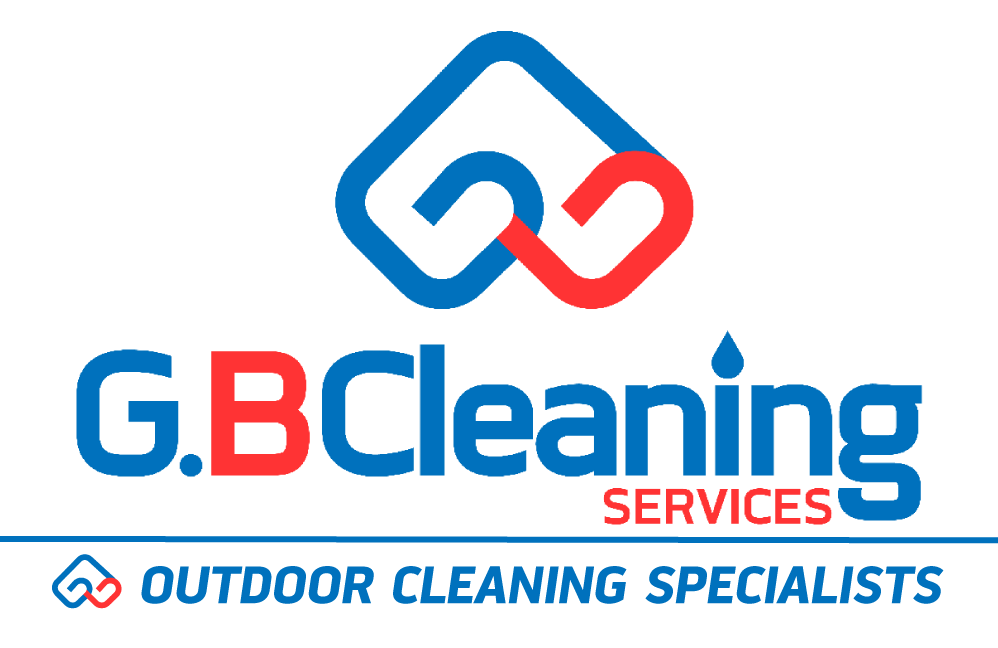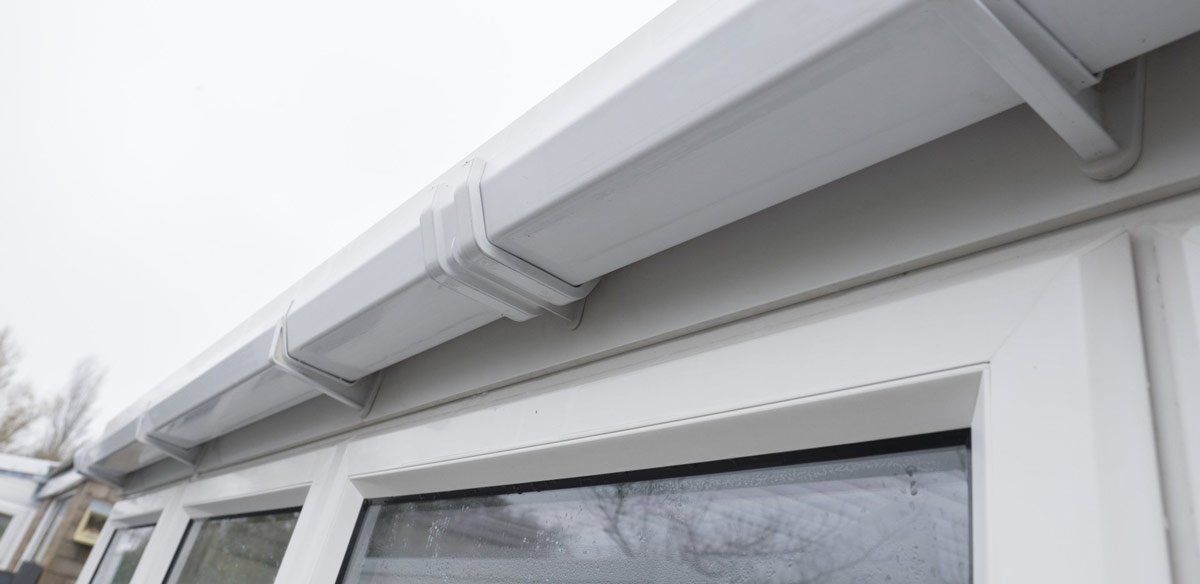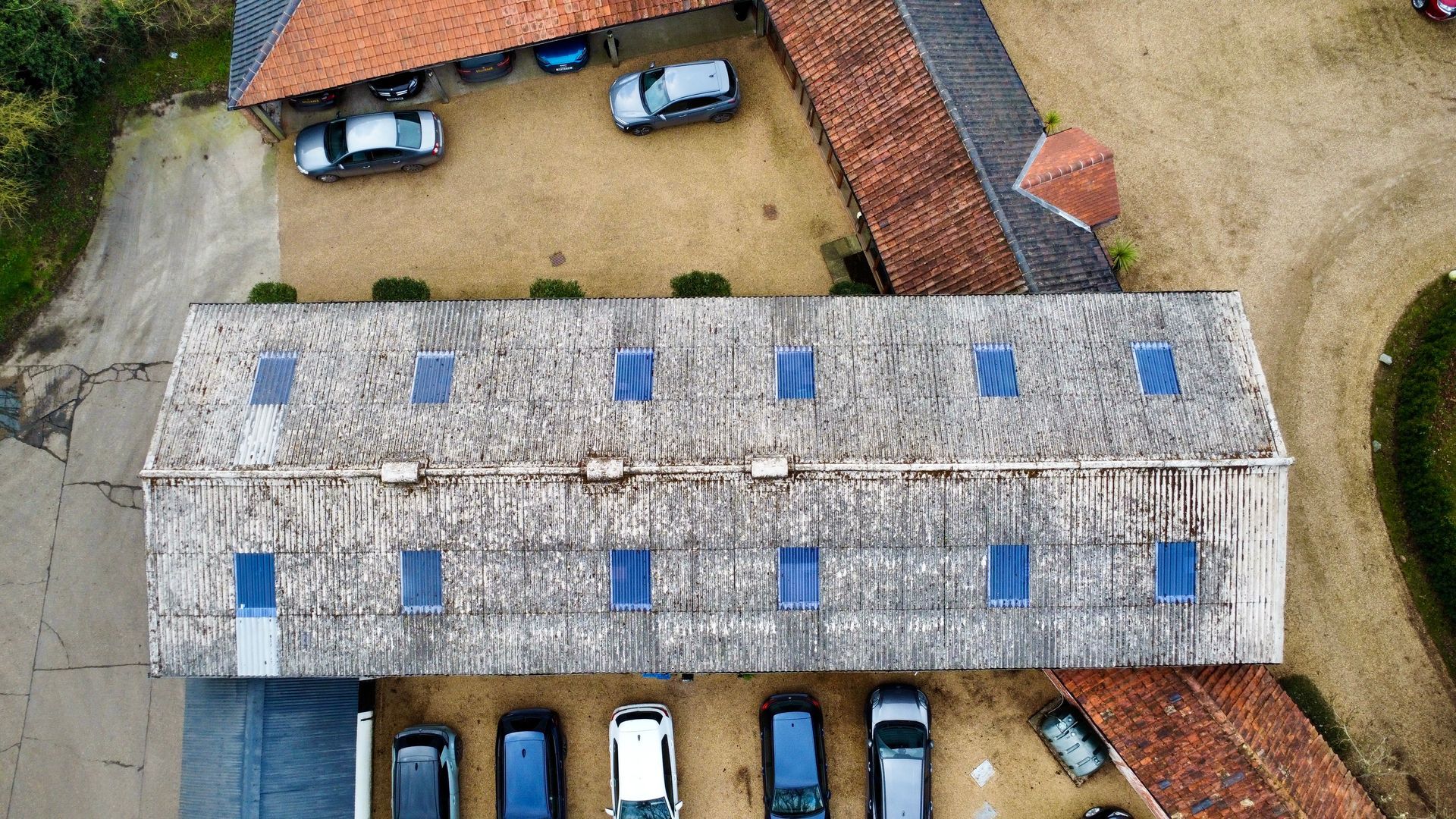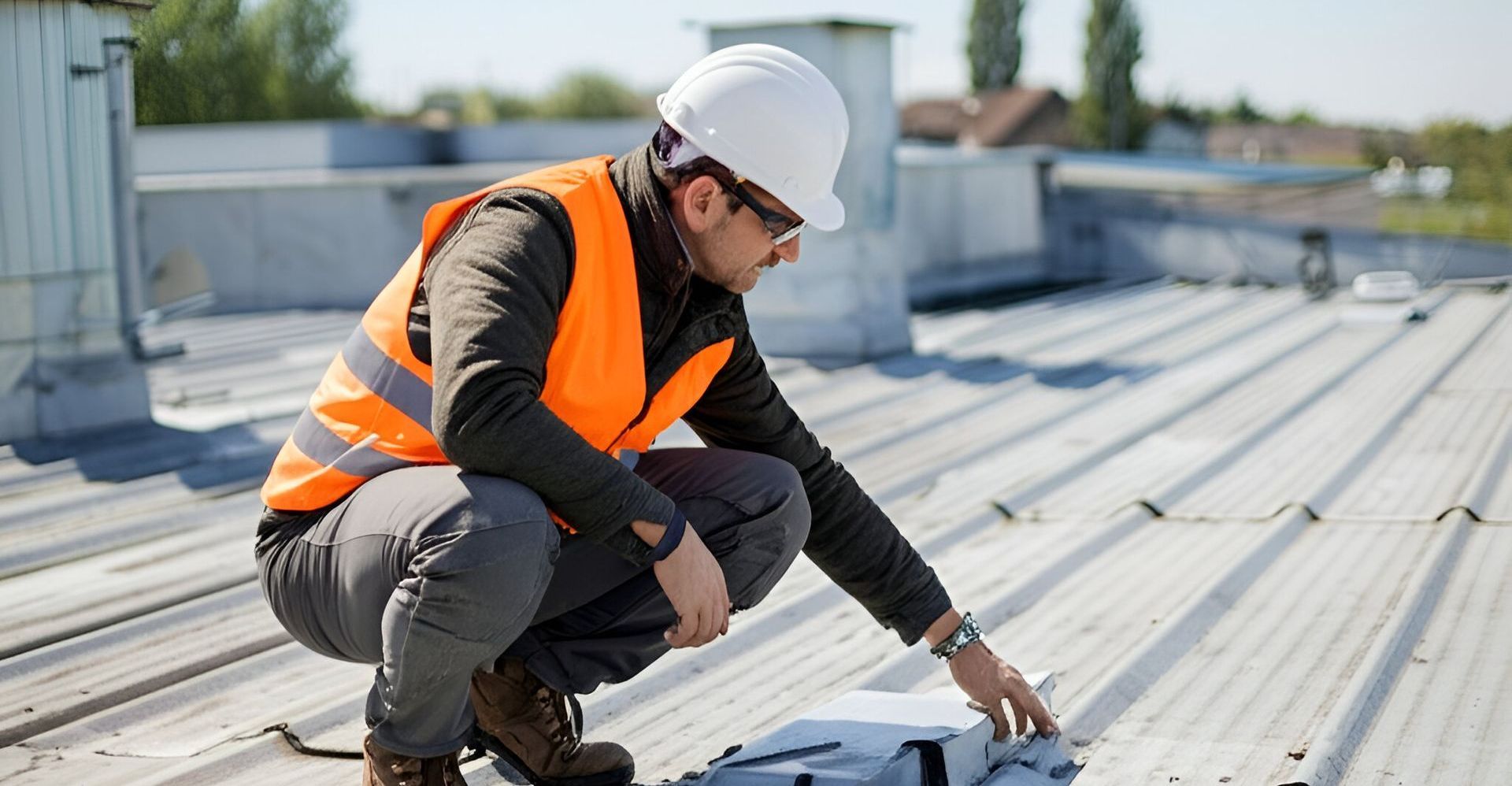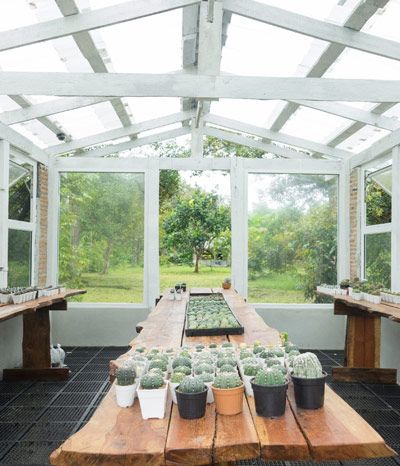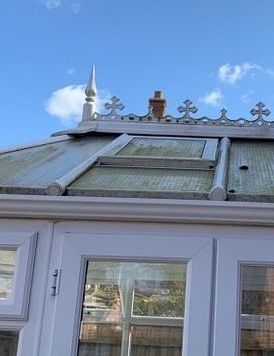OUR SERVICES
01362 685446
enquiries@gbcleaningservicesnorfolk.co.uk
Unit 2 Phase 3, The Beaver Centre,
John Goshawk Road,
Rash's Green Industrial Estate,
Dereham, Norfolk, NR19 1SY
The Hidden Costs of Neglected Commercial Roofing: Why Preventative Maintenance Matters
Protecting Your Business from Unexpected Financial Burdens
Commercial roof maintenance is often overlooked until problems become apparent. However, this reactive approach can lead to significant financial consequences that extend far beyond the visible repair costs. Understanding these hidden costs can help business owners make informed decisions about roof maintenance and potentially save thousands of pounds in the long run.
Immediate Financial Consequences
When commercial roof maintenance is postponed, even minor issues can rapidly develop into major problems. Small leaks or cracks might seem insignificant at first, but they can quickly escalate into serious structural concerns.
Water infiltration through even small openings can cause extensive damage to the building's interior, affecting ceilings, walls, and insulation. This water damage often leads to wood rot, mould growth, and even pest infestations, all of which compromise the structural integrity of the building.
The cost difference between addressing minor issues early and dealing with major damage is substantial. According to industry data, fixing a small leak might cost a few hundred pounds, while repairing extensive water damage and structural issues can run into thousands. Emergency repairs, which become increasingly likely when maintenance is neglected, typically come with premium pricing due to their urgent nature.
Long-term Financial Impact
Beyond immediate repair costs, neglected commercial roofs impose significant long-term financial burdens on business owners.
One of the most substantial impacts is the shortened lifespan of the roofing system. Commercial roofs are designed to last for decades, but without regular maintenance, their functional life can be dramatically reduced. Dirt, moss, and debris accumulate on neglected roofs, causing accelerated deterioration that leads to premature replacement.
Energy efficiency represents another substantial hidden cost. Damaged roofs compromise the insulation of commercial buildings, allowing heat to escape during winter and cool air to leak during summer. This inefficiency forces heating and cooling systems to work harder, resulting in consistently higher energy bills over time. Given the rising energy costs in the UK, this represents an ongoing financial drain that compounds over the years.
Structural Deterioration and Water Damage
The structural integrity of commercial roofing systems faces constant challenges from environmental elements. Without regular inspection and maintenance, deterioration continues undetected until it compromises the roof's structural integrity. Commercial roofs in the UK are particularly vulnerable to water-related damage due to the country's climate patterns, with frequent rain and seasonal temperature variations.
Water infiltration is perhaps the most common and destructive consequence of neglected commercial roofing. Even small leaks can lead to widespread damage, affecting not just the roof itself but also walls, ceilings, electrical systems, and inventory.
The weight implications of water accumulation are often overlooked. When drainage systems become clogged due to lack of maintenance, water pools on flat commercial roofs, adding significant weight to the structure. This additional load can stress the entire building framework, potentially leading to sagging or, in extreme cases, partial collapse of the roofing system.
Quantifying the Costs: UK Commercial Roofing Expenses
Understanding the specific costs associated with commercial roof repairs provides crucial context for evaluating the financial impact of neglect.
The cost of commercial roof repairs varies widely depending on several factors, including the roofing material, extent of damage, and geographic location. For flat commercial roofs, which are common in the UK, repair costs typically range from £60 to £150 per square metre.
For specific commercial roofing issues, costs vary by material type:
- Flat roof repairs using bitumen typically cost around £100-£140 per square metre
- EPDM (rubber) roof repairs average £120-£170 per square metre
- Glass Reinforced Plastic (GRP) repairs range from £130-£180 per square metre
When neglect leads to the need for complete roof replacement, the expenses increase substantially. The average cost of replacing a commercial roof can range from £5,000 to £20,000 or more, depending on the size and complexity of the roof. This represents a significant capital expenditure that many businesses are unprepared to make, especially when premature replacement could have been avoided through proper maintenance.
Impact on Business Operations
Beyond the direct repair costs, neglected commercial roofing can significantly impact day-to-day business operations. When roof leaks or failures occur, they frequently necessitate temporary business closures or operational restrictions. These disruptions result in lost productivity, reduced revenue, and potential damage to customer relationships. For retail businesses, manufacturing facilities, or service providers, even short-term closures can have substantial financial implications.
Water damage from roof leaks frequently affects inventory, equipment, and fixtures. In retail or warehousing operations, inventory losses can far exceed the cost of the roof repair itself. Similarly, damage to manufacturing equipment or technology infrastructure can create significant replacement costs and operational delays.
Furthermore, persistent moisture issues from leaking roofs can create unhealthy working conditions, potentially leading to increased employee absenteeism, reduced productivity, and even liability issues. These operational impacts, while difficult to quantify precisely, nonetheless represent real financial consequences of neglected roof maintenance.
Property Value and Insurance Implications
Commercial property value is directly affected by the condition of its roofing system. Buildings with well-maintained roofs command higher selling prices and rental rates than comparable properties with known roofing issues. When roof neglect leads to visible problems or documented water damage, property valuations typically reflect these conditions through reduced market value.
Insurance considerations also play an important role. Many commercial insurance policies include clauses requiring reasonable maintenance of the property. Failure to properly maintain the roof could potentially result in reduced claim payouts or even claim denials in the event of damage, creating additional financial exposure for business owners. Some insurers may also increase premiums for properties with documented maintenance deficiencies, creating another ongoing cost associated with roof neglect.
The ROI of Regular Maintenance
Regular maintenance represents a significantly more cost-effective approach to commercial roof management than reactive repairs or premature replacement. The financial benefits of preventive maintenance are substantial when compared to the costs of major repairs. Regular inspections and minor repairs typically cost a fraction of what emergency interventions require, with early intervention on small issues potentially saving thousands in extensive repair work.
Moreover, proper maintenance extends the functional lifespan of commercial roofing systems. With regular care, many commercial roofs can last 20+ years, maximizing the return on the initial investment. This longevity factor alone creates significant financial advantages for businesses that implement proactive maintenance protocols.
Energy efficiency represents another area where maintenance delivers ongoing returns. By ensuring the roofing system and insulation remain intact and effective, businesses can avoid the increased energy costs associated with compromised roofing. These savings accumulate substantially over time, often exceeding the cost of the maintenance itself.
Developing an Effective Maintenance Strategy
Effective commercial roof maintenance requires a systematic approach rather than occasional attention. Industry experts recommend bi-annual inspections as a minimum, ideally scheduled in spring and autumn to address seasonal damage. These regular inspections allow for the identification of potential problems before they escalate into major issues requiring costly repairs.
The expertise level of maintenance professionals significantly impacts the effectiveness of preventive efforts. Experienced contractors bring specialized knowledge about different roofing systems and their typical failure points. This expertise enables them to identify subtle signs of deterioration that untrained observers might miss and to recommend appropriate preventive measures before significant damage occurs.
Additionally, proactive maintenance allows for scheduled repairs during optimal conditions rather than emergency interventions during inclement weather. This timing advantage not only improves the quality and durability of repairs but also typically reduces their cost. Planned maintenance can be budgeted for in advance, preventing the financial strain that unexpected major repairs can place on a business's cash flow.
In Conclusion
The hidden costs of neglected commercial roofing extend far beyond the immediate expenses of repairs. They encompass increased energy consumption, business disruption, shortened roof lifespan, potential damage to inventory and equipment, reduced property value, and the substantially higher cost of emergency repairs versus planned maintenance.
The financial data makes a compelling case for proactive roof maintenance. With commercial roof replacements costing between £5,000 and £20,000 or more, and repair costs ranging from £60 to £180+ per square metre depending on the roof type, preventive maintenance represents a sound business investment rather than merely an expense.
For UK business owners and property managers, implementing a structured maintenance program is essential for long-term financial stability. Such programs should include regular professional inspections, scheduled cleaning of drainage systems, prompt attention to even minor visible damage, and planned refurbishment of roofing components nearing the end of their service life. This systematic approach minimizes unexpected expenses, extends roof lifespan, and protects the broader business interests that depend on a sound, watertight building envelope.
When it comes to commercial roofing, prevention is not just better but also significantly more affordable than cure.
Request a Call Back from
G.B Cleaning Services
Phone: 01362 685446
Contact Us
We will get back to you as soon as possible.
Please try again later.
OUR SERVICES
CONTACT US
enquiries@gbcleaningservicesnorfolk.co.uk
Unit 2 Phase 3, The Beaver Centre,
John Goshawk Road,
Rash's Green Industrial Estate,
Dereham, Norfolk, NR19 1SY
*If an outstanding balance has not been settled within 30 days of invoice, we unfortunately cannot provide your window cleaning services until the balance has been paid.
© All Rights Reserved | G.B. Cleaning Services | Company No - 10703658 | VAT No - 270876575 | Website by Infoserve | Cookie & Privacy Policy

